Digital Foundry vs. 3D Gaming
The techniques and challenges of stereo 3D, and the significance of PS3's firmware upgrade.
It's party time at this year's CES in Las Vegas. The colossal success of James Cameron's Avatar movie has propelled true stereoscopic 3D into the mainstream: manufacturers are pumped about the potential of the new 3DTV technology and reckon they're onto a winner that will revive their market after a moribund 2009. More pertinently for gamers, PlayStation 3 has an important and exciting role to play in this living room revolution. If you think Avatar looked cool at the cinema, the potential within gaming is even more dynamic and exciting.
The range of displays that premiered at CES is interesting as for the first time we see a convergence in technology. All of the major consumer electronic brands have opted for active shutter glasses that refresh at 60Hz for each eye, with an IR beam or Bluetooth connection serving as the channel for synchronisation between glasses and screen. 60Hz may appear rather low when 240Hz displays are the current state-of-the-art, and the subtle flickering may cause tired eyes. However, it's important to note that the 3D content itself runs at fairly conventional frame-rates. Movies themselves remain mired in the ages-old 24FPS standard, while it is games that will provide the smoothest and most immersive experience, based on what has been seen of Sony's CES 3D demos.
These demos appear to show that Sony has overcome one of the key technical hurdles in rendering stereoscopic 3D - the fact that the PS3 is required to render an individual frame for each eye. True stereo 3D games seen to date have been few and far between, but there have been a couple of notable exceptions.
First up, there’s Blitz Games' Invincible Tiger: Legend of Han Tao. While the final product does not match up to Blitz’s initial claims of full 1080p (it's native 720p), it is 60 frames per second, and it supports a massive array of different 3D technologies. It is an example of a game especially tailored to show off the advantages of stereoscopic 3D: the gameplay, the viewpoint, the graphical style chosen - everything about it is designed to make 3D look cool, without it being too "in your face". Blitz wisely discerned that throwing objects out of the screen for little reason made no actual sense: Invincible Tiger instead concentrates on adding an impressive-looking depth to the screen. Its main shortcoming is that it is essentially designed around 3D, as opposed to being an optional addition. Few games will follow the same approach while 3DTVs are so few and far between.
The pre-Christmas release of Avatar from Ubisoft appears to be an altogether more ambitious attempt at stereo 3D. Unlike Invincible Tiger, the game is not designed around the notion of showcasing 3D - it has been added to the existing Dunia tech that underpinned Far Cry 2. Dunia happens to be one of the most technologically advanced cross-platform engines around, and the notion of rendering discrete scenes for each eye is not exactly easy. Similar to Invincible Tiger, the 720p frame consists of two 640x720 or 1280x360 images - one for each eye. A total of four different 3D methods are available for selection.
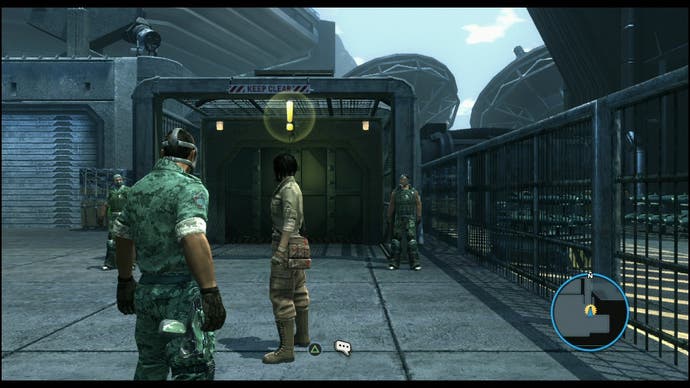
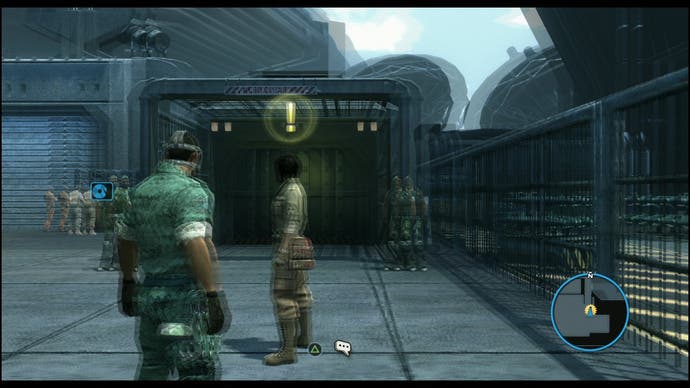
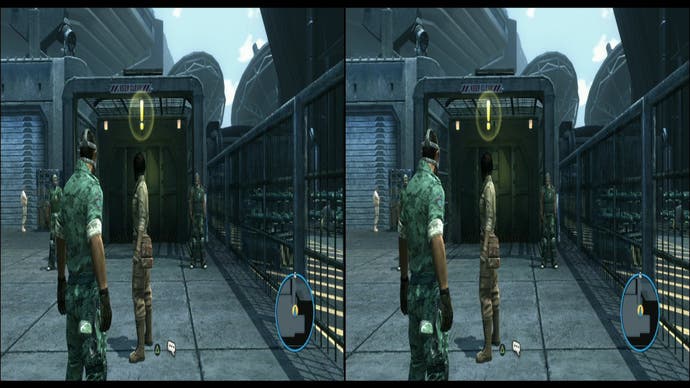

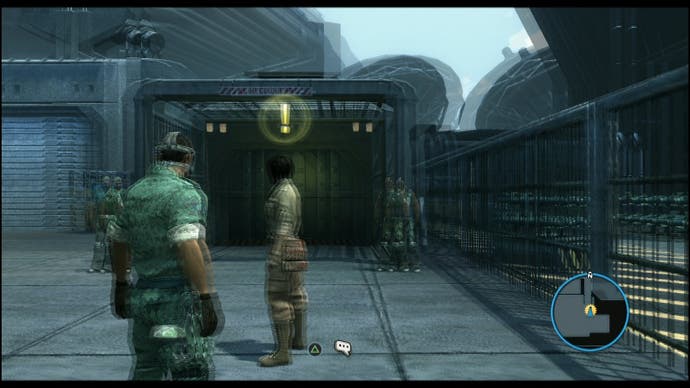
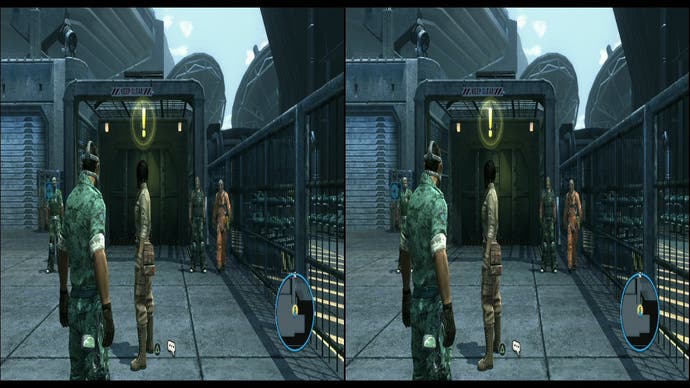
So, how is the performance level? Here's where things get interesting. Avatar is a 30FPS game, but it can drop frames even in 2D mode, plus in common with Far Cry 2 there is a fair amount of screen tear to boot. The Dunia engine has a proven performance advantage on Xbox 360, so for a best-case scenario of the impact of stereo 3D performance, we ran a selection of engine-driven cut-scenes through our frame-rate analysis tools. The results showed an undeniable drop in performance in the shift to 3D in many situations, but the game remains solid and playable.
Dunia's performance advantage on the Xbox 360 gives it a clear edge over the PS3 version even in 2D mode, so it's not surprising to see that the transition to stereo 3D really hits the Sony version hard. While the 360 game copes fairly well in the move to 3D, the PS3 version of the game can see a huge reduction in frame-rate.
So, with stereoscopic 3D in its infancy, is this the best we can expect on the current generation of consoles: half resolution games with frame-rate issues, or else technically undemanding titles designed especially for 3D support few people will actually use? There's a very real possibility that the 3DTV phenomenon simply won't catch the imagination at all of course, and if so, it is unlikely that developers will spend the time optimising their engines for smoother 3D performance. However, the new format has the backing of Sony, and this should result in a fairly massive boost for the format, and an appropriate increase in coding effort developer-side.

